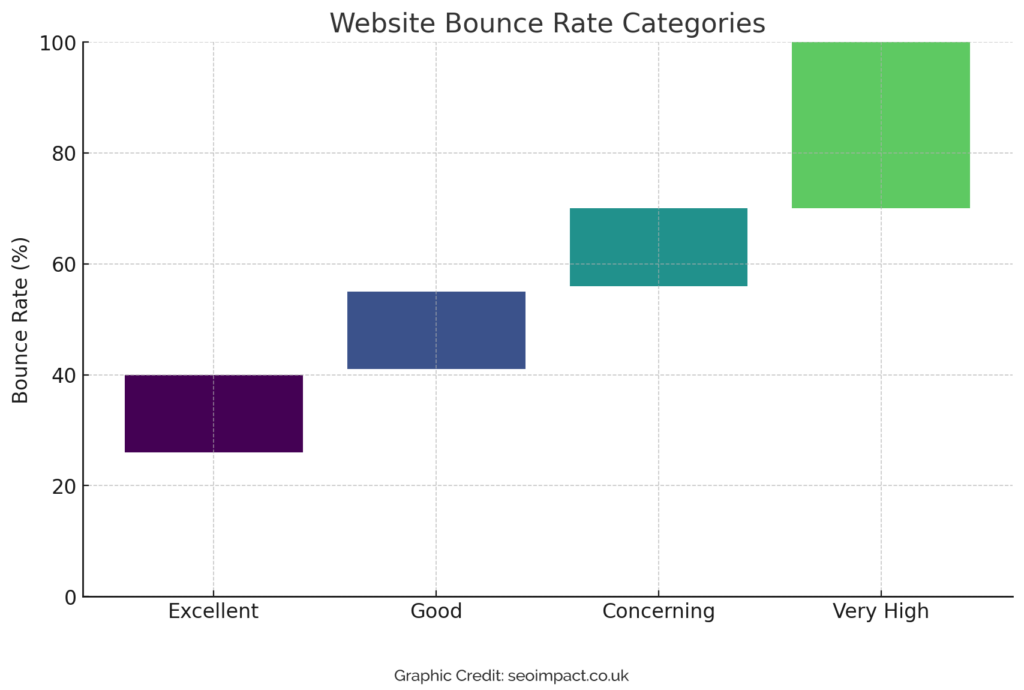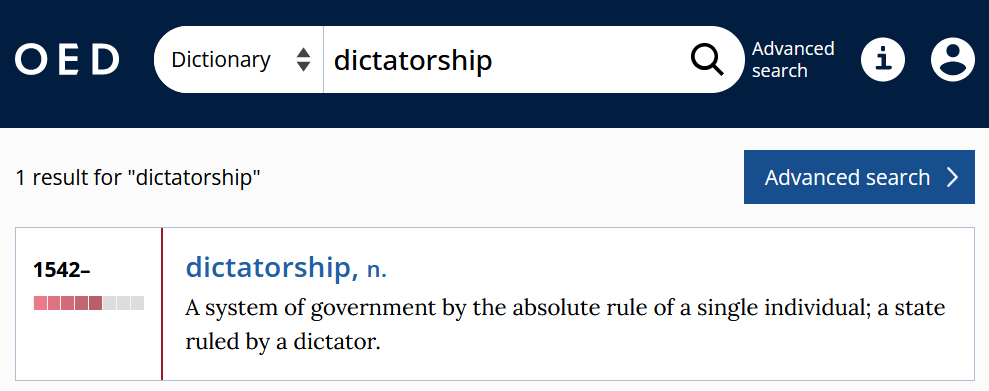A bounce is the virtual equivalent of walking into an ice cream parlour, realising they don’t sell mint choc chip flavour, and immediately walking right out.
Can you seriously even call yourself an ice cream parlour if you don’t sell mint choc chip?
I digress.
The point is, that a bounce is an incident where someone leaves your website pretty quickly, and this is generally what website owners are trying to avoid.
What is Bounce Rate?
To put it more technically, a bounce rate is a measure of the percentage of users who visit a website and leave without engaging.
The typical bounce rate of websites varies according to the type of website, but on average a bounce rate of 55% or less is considered to be good.
In real life, floods of people leaving your store the moment they step foot into it would be rather alarming, but the internet is a strange and mysterious place. Here, 45% of users sticking around once they’ve arrived at your website is a sign that you’re doing something right.
Is a High Bounce Rate Bad?
Before we determine whether a high bounce rate is bad or not, let’s investigate what constitutes a high bounce rate, since this could be subjective.
Across the board, a bounce rate of between 26 and 40% is excellent, while the one between 41 and 55% is good.
Anywhere between 56 and 70% is concerning, but in some industries, this would be considered normal, which is why it’s always crucial to look at bounce rates in context.
More than 70% is very high, and this usually indicates that something on your webpage needs to be changed.

In general, high bounce rates are considered bad, because it usually means that users haven’t found what they’re looking for.
This is bad for two reasons. One, if a user hasn’t found what they were looking for, they probably aren’t going to come back. That means you aren’t going to make a sale or get a newsletter sign-up from this user, which of course, is bad news if your business relies on customer engagement to survive. And two, high bounce rates signal to Google that your website isn’t hitting the mark with users, and your rankings can suffer as a result.
As we all know, if you get pushed further down the page on search engine results, your organic traffic is going to take a serious hit.
It’s important to note, though, that a high bounce rate can be perfectly normal in some scenarios. Some websites simply aren’t built for user engagement.

The user has found what they are looking for, and may immediately exit the page. This will count as a bounce because the user has left the webpage without engaging, however, we can deduce from the nature of the website that this type of behaviour is not concerning.
Bounce rates need to be examined in the context of the webpage to decipher if a high bounce rate is necessarily bad. If your website sells shoes, and a high proportion of users are leaving your website without looking at any of the product pages, then you probably need to take a good look at the design of your homepage to make it more engaging.
What Does Bounce Rate Indicate?
A high bounce rate is typically, though not always, an indication that there needs to be some changes made to a web page. Though we don’t usually know exactly why any given user leaves a website without engaging, you may be able to figure out the reasons by analysing the webpages with high bounce rates.
Consider these possibilities:
Poor Design
If a website looks basic and low-quality, you can expect that when most users land on it and see this, they are immediately going to do a runner.
A poorly designed website reflects badly on your business, and nobody wants to seek advice or buy products from a low-grade business. Users have come to expect a certain level of visual enjoyment from websites, so if your site is not attractive to look at, this could be behind your high bounce rate.
Weak User Experience
Users want a website that’s nice to look at, but they also need to be able to navigate their way around without putting much thought into it. To achieve this, striking the right balance between UX (user experience) and UI (user interface) is crucial, as it ensures both visual appeal and ease of use. If your website is not intuitive, or it feels clunky to use, don’t be surprised that visitors aren’t sticking around.
Expectations Not Met
If a user has landed on the homepage of your shoe store after searching for ‘red leather cowboy boots’, then they’re likely going to return right back to Google and click on some other links that might more accurately satisfy their query.
Slow Loading Speed
These days, we know what we want, and we want it now. A website that is slow to load is a sure way to send visitors fleeing in the opposite direction.
Read also: Technical SEO Checklist
How to Improve Bounce Rate
The best way to improve your bounce rate is to look at which pages are performing badly compared with the rest of the pages on your site, which you can do using an SEO tool such as Google Analytics. What is different about these pages that might be putting users off?
Attractive and Intuitive Design
A sleek design and a website that is easy to navigate will go a long way to keeping users sticking around.
Easy-to-Read Content
Users don’t typically want to sift through a ten-page essay to find what they are looking for. Content that is split into short paragraphs and uses headers is easy to scan and will be more appealing to users.
Internal Links
Adding internal links to your content can help users find what they’re looking. If they click on an internal link then they’ll be directed to another page on your website, and will not count as a bounce.
Faster Loading
If a page has a high bounce rate and is slow to load, then it doesn’t take a detective to figure out what the problem is here. Use Google PageSpeed Insights to get data on your page speeds and helpful suggestions for how to fix this.
On a Final Note
For most, but not all, a high bounce rate is a sign that something is going wrong with a website. Working on improving it will make your site more appealing to users, giving you more opportunities to convert in the form of sales or sign-ups.
A high bounce rate can be caused by any number of issues, so it’s worth doing your detective work to figure out exactly what the problem is before you try to solve it.
Follow our tips to work on lowering your bounce rate, or contact us for professional SEO services.